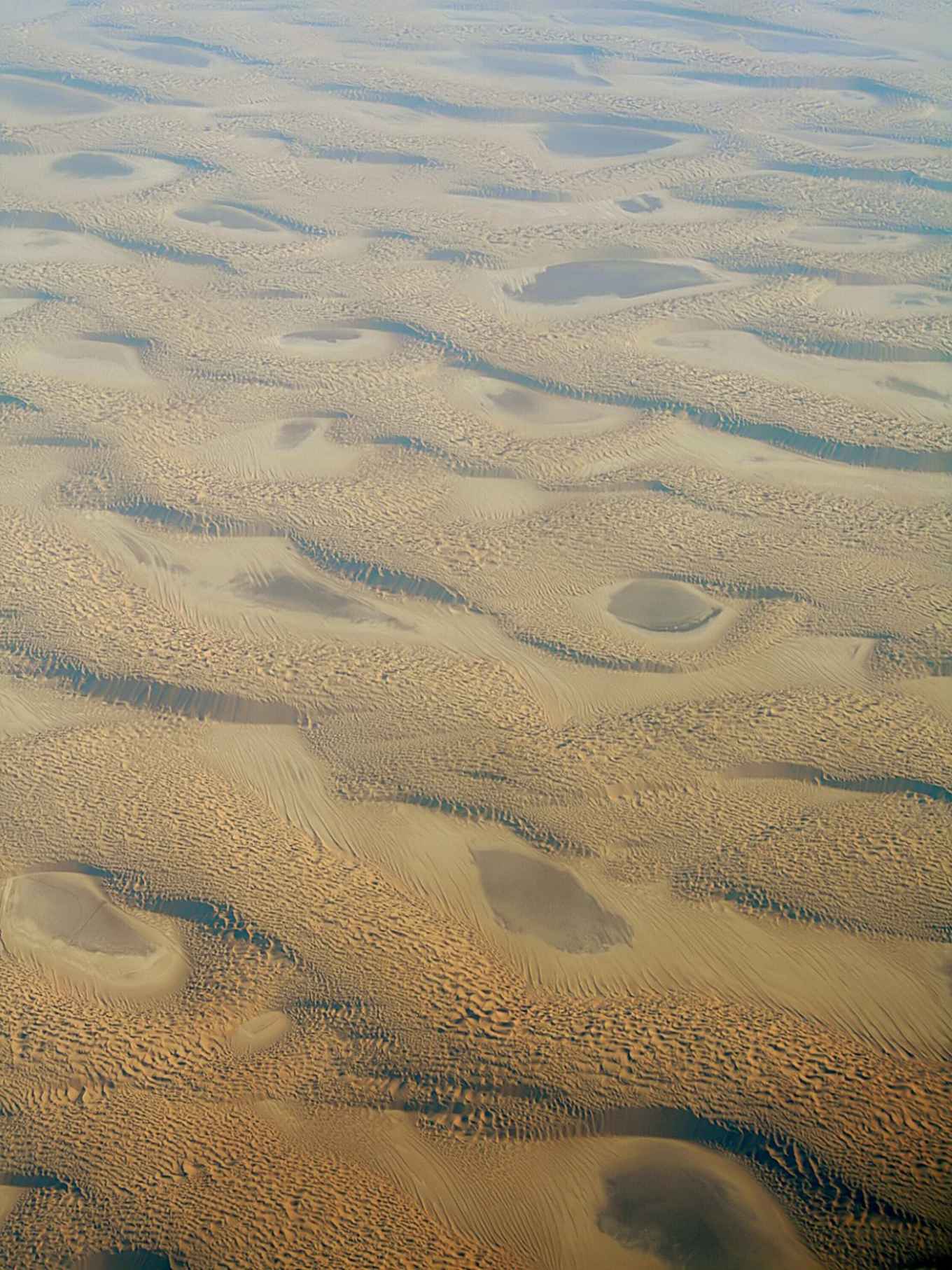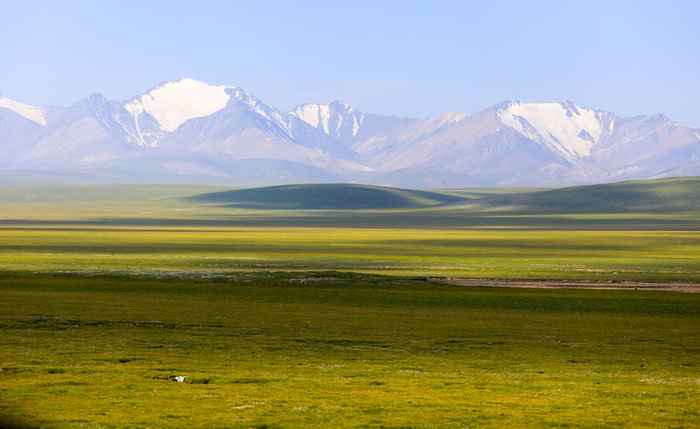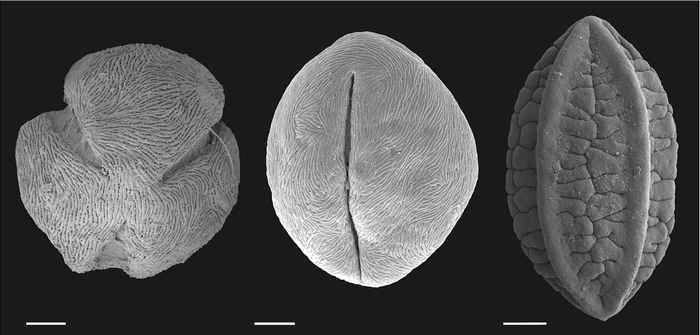Climate change causing irreversible shifts in unique Asian ecosystem
9 October 2020

The study integrated fossil pollen (the reproductive material of plants) from Asia with geological, faunal, and climate datasets. This revealed an ecological catastrophe around 34 million years ago, caused by rapid changes in climate and atmospheric carbon dioxide. Large areas of Mongolia, Tibet, and northwestern China became hyperarid deserts with little vegetation cover. Larger animals were mainly replaced by small mammals like rodents. Now, deserts are once again expanding rapidly across the region, possibly signalling new ecological devastation.
Unique biological diversity
‘The results have major implications for future biodiversity, agriculture, and human wellbeing’, said Dr Natasha Barbolini, lead author and researcher in palaeoecology at the University of Amsterdam (now at Stockholm University). ‘Evidence from the past shows us that the Central Asian region will never recover its unique biological diversity if desertification continues’.
The study follows the model predictions from the Intergovernmental Panel on Climate Change (IPCC) and recent climate records showing that interior Asia is fast becoming one of the hottest and driest places on the planet. Climate change, such as witnessed 34 million years ago, may once more lead to irreversible ecosystem change and loss of biodiversity.
Ancient climate change and mountain building
‘Piecing together 43 million years of evolution allowed us to understand resilience of these ecosystems in a completely new way’, said Dr Carina Hoorn, co-lead author and Associate Professor at the University of Amsterdam’s Institute for Biodiversity and Ecosystem Dynamics. ‘Even though some of the plants that once dominated still exist in the region today, they are relatively rare. This shows that populations can be permanently altered by rapid climate change, even if widespread extinctions don’t occur’.
The study found that modern Asian biodiversity has been shaped by these ancient climatic changes, but also by mountain building and formation of the Tibetan Plateau. ‘Central Asia, once covered by a vast shallow sea, has become one of the driest places on Earth due to the collision of India with Asia and the uplift of the Himalayan mountain range’, said Guillaume Dupont-Nivet at CNRS (France) that oversees the project funded by the European Research Council.
Today Central Asia is home to some of the oldest deserts known, as well as the highest mountains outside of the Himalayas. This geological and climatic diversity has generated an astonishing number of species who call the region home. But now, these species are under threat from present-day climate change — along with almost half a billion people, who are finding it increasingly difficult to eke out a living. Crops are ravaged by drought, and the growing seas of sand are claiming native steppes needed for grazing livestock.

Lost to the desert
‘These modern herb-dominated steppes only emerged when the climate became temporarily wetter, about 15 million years ago. Before that it was simply too dry’, explained Amber Woutersen, co-lead author and research associate at the Institute for Biodiversity and Ecosystem Dynamics, University of Amsterdam. ‘Our results show that once the process of desertification begins, it can spread rapidly and last for millions of years. This is because vegetation prevents erosion and concentrates water and nutrients in the topsoil. If that vegetation is lost, it cannot easily reappear.’
In the article, fittingly published in the International Year of Plant Health, the authors caution that Asian steppes are being modified for human use and lost to desertification at unprecedented rates. This trend must be reversed to preserve what has now become one of the most endangered terrestrial biomes in the world.
Publication details
Natasha Barbolini, Amber Woutersen, Guillaume Dupont-Nivet, Daniele Silvestro, Delphine Tardif, Pauline Coster, Niels Meijer, Cun Chang, Hong-Xiang Zhang, Alexis Licht, Catarina Rydin, Andreas Koutsodendris, Fang Han, Alexander Rohrmann, Xiang-Jun Liu, Yang Zhang, Yannick Donnadieu, Frédéric Fluteau, Jean-Baptiste Ladant, Guillaume Le Hir and Carina Hoorn: ‘Cenozoic evolution of the steppe-desert biome in Central Asia,’ in Science Advances (2020). DOI: 10.1126/sciadv.abb8227
